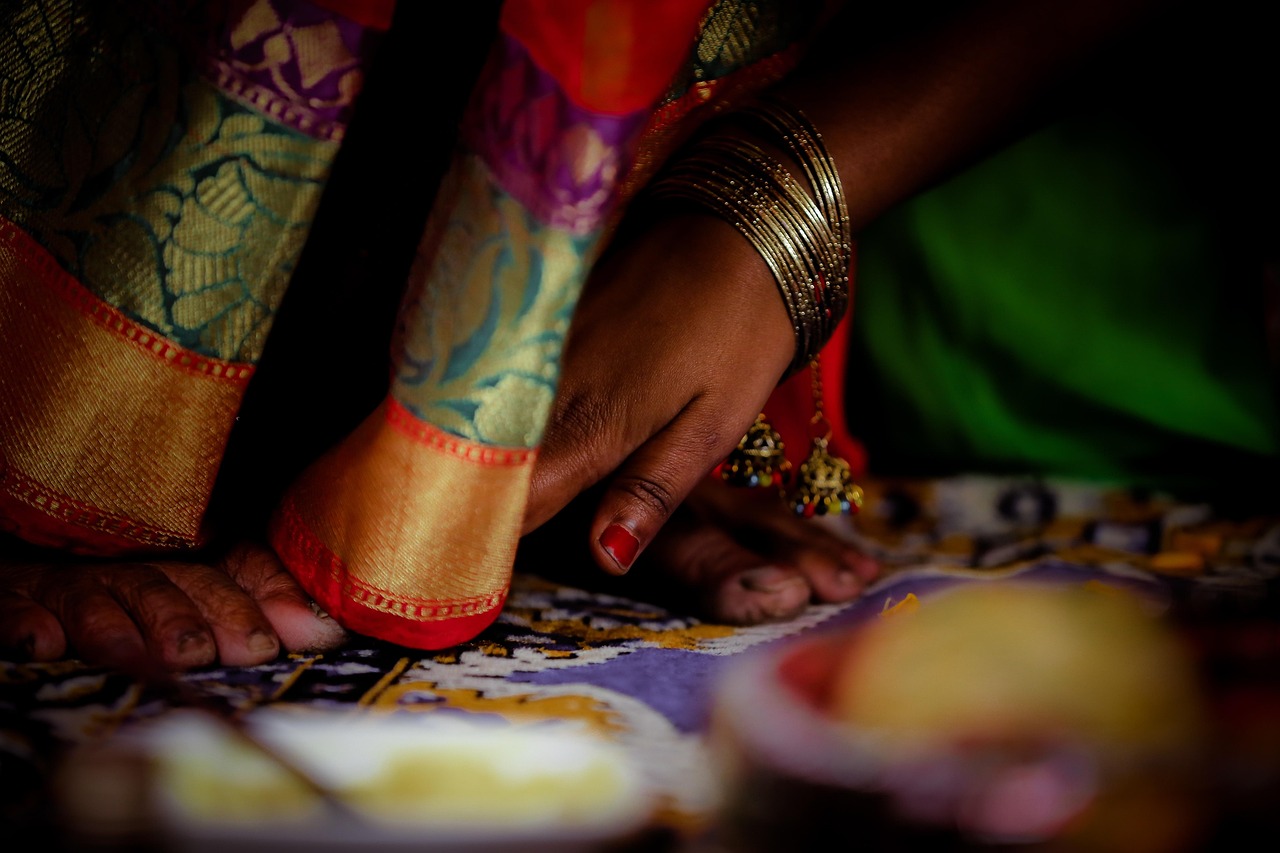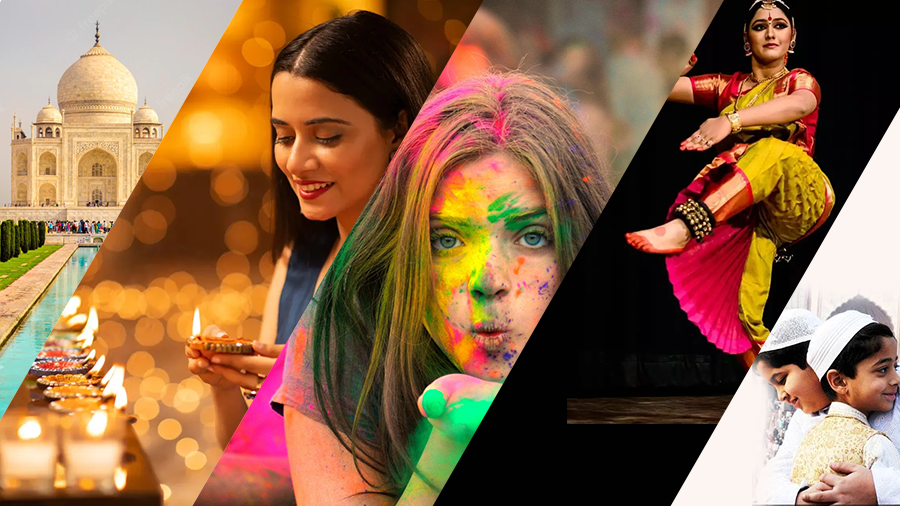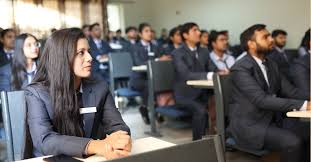
Can Art and Culture Heal the Wounds of Ethnic Conflict?
- admin
- June 30, 2025
- Uncategorized
- 0 Comments
New Delhi – In regions torn by ethnic strife, art and culture are increasingly recognized as potent tools for healing and reconciliation. From community murals to collaborative performances, cultural initiatives offer more than just solace; they forge pathways toward understanding and peace. This report examines how these artistic endeavors are being employed worldwide, including in India, and evaluates their impact through official data and insights.
Artistic Endeavors in Conflict Resolution
Artistic initiatives have been instrumental in bridging ethnic divides, with several programs demonstrating measurable success in fostering community cohesion.
- Community Art Programs
- According to the United Nations Educational, Scientific and Cultural Organization (UNESCO), community art projects have been pivotal in reducing youth involvement in ethnic violence by up to 23% in conflict zones such as Northeast India and the Balkans. These projects include mural painting and storytelling workshops that highlight shared cultural heritage.
- The Impact of Public Murals
- In Jammu and Kashmir, a government-sponsored initiative to create public murals in Srinagar has seen a 15% increase in positive sentiment towards communal harmony, as surveyed by the Ministry of Culture, India. These murals depict scenes of communal unity and historical coexistence, serving as daily reminders of the region’s diverse heritage.
Cultural Festivals as Catalysts for Peace
Cultural festivals play a critical role in healing wounds by celebrating diverse identities and fostering dialogue among conflicting communities.
- Festival Attendance and Diversity
- The Pangsau Pass Winter Festival recently reported a record attendance of over 50,000 people from diverse ethnic backgrounds, including Indian, Burmese, and various tribal communities. The festival, supported by the Indian Council for Cultural Relations, showcases traditional dances, crafts, and music, promoting mutual understanding.
- Impact on Local Economies
- Economic data from festival regions indicates a 20% increase in local business revenues during festival periods, suggesting that these events also bring significant economic benefits, alongside their cultural impacts.
Challenges and Obstacles in Cultural Interventions
Despite their successes, cultural reconciliation efforts face significant challenges that can impede progress and sustainability.
- Resistance and Ideological Opposition
- Reports from the South Asia Human Rights Documentation Centre indicate that in some regions, cultural peace initiatives have met resistance from extremist groups who view such efforts as undermining their divisive agendas.
- Funding and Sustainability Issues
- According to the Global Fund for Arts and Culture, approximately 60% of cultural peace initiatives struggle with consistent funding, impacting their long-term viability and scope.
Global Examples of Healing Through Culture
The global community provides several benchmarks for the success of cultural interventions in healing ethnic tensions.
- Rwandan Healing Dance Projects
- Post-genocide reconciliation efforts in Rwanda include traditional dance projects, which, as per the Rwandan Ministry of Cultural Affairs, have helped decrease community tensions by 40% over the past decade.
- Balkan Theatrical Collaborations
- Theatrical projects in the Balkans involving multi-ethnic casts have been successful in opening dialogue among communities, with audience surveys indicating a 30% improvement in ethnic relations following performances.
Conclusion
Art and culture are proving to be invaluable assets in the quest for ethnic reconciliation. With the support of robust data and sustained funding, these initiatives can continue to break down barriers and sow the seeds of long-term peace and unity. As countries like India leverage these cultural tools, the potential for healing and transforming society becomes increasingly evident, underscoring the need for continued investment in the arts as a cornerstone of peacebuilding strategies.



